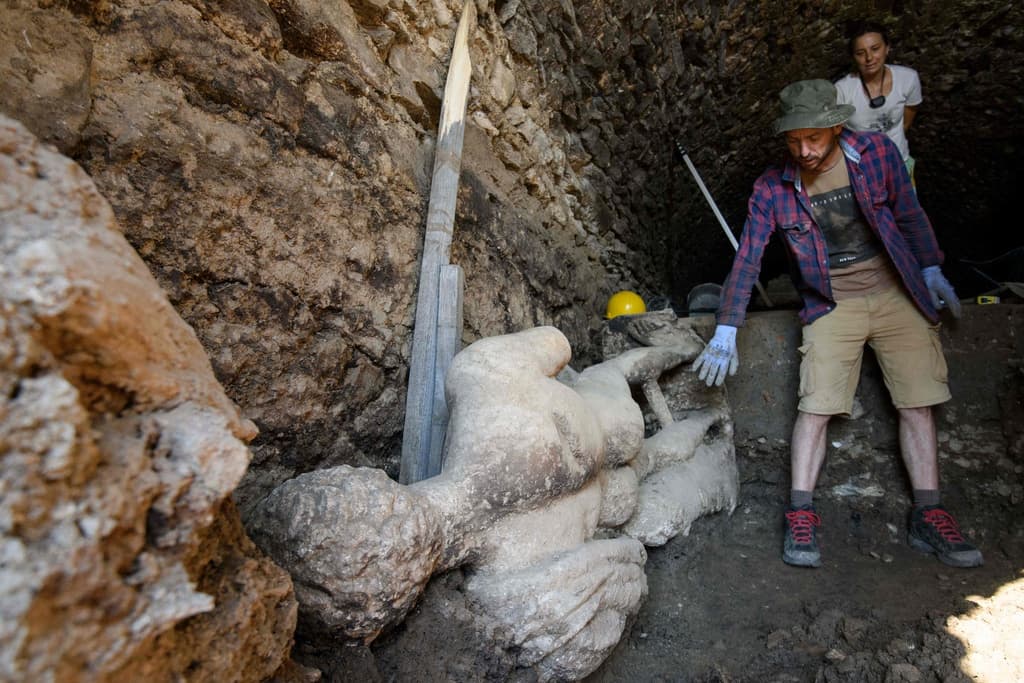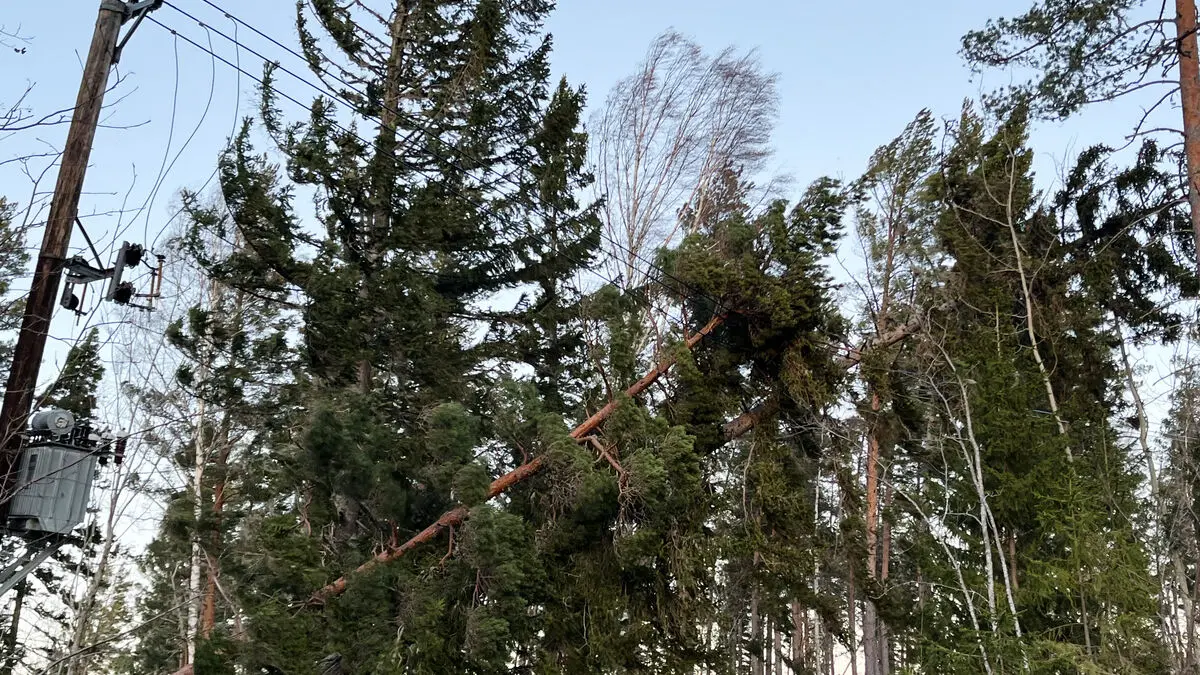A rare Roman marble statue has been found in the ruins of an ancient sewage system in southwestern Bulgaria. The over two-meter-high statue is likely from the second century AD and lacks an arm, while the head is in "perfect" condition, according to archaeologists.
The find is unique for Bulgaria, says the excavation leader Lyudmil Vagalinski.
Such Roman copies of ancient Greek models can be seen in Athens and northern Greece, and also at the Louvre Museum (in Paris), but they are rare, he says.
The discovery was made in the ancient Roman city of Heraclea Sintica when archaeologists dug into its sewage system, Cloaca Maxima.
Researchers believe the statue depicts a king. It has been saved for posterity thanks to being covered by a layer of earth, and has thus avoided earthquakes and floods.
Heraclea Sintica, which is located near the present-day border between Bulgaria and Greece, was founded around 350 BC and was largely destroyed in an earthquake in the 400s AD.





